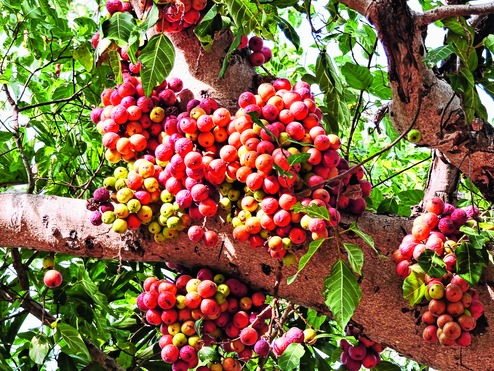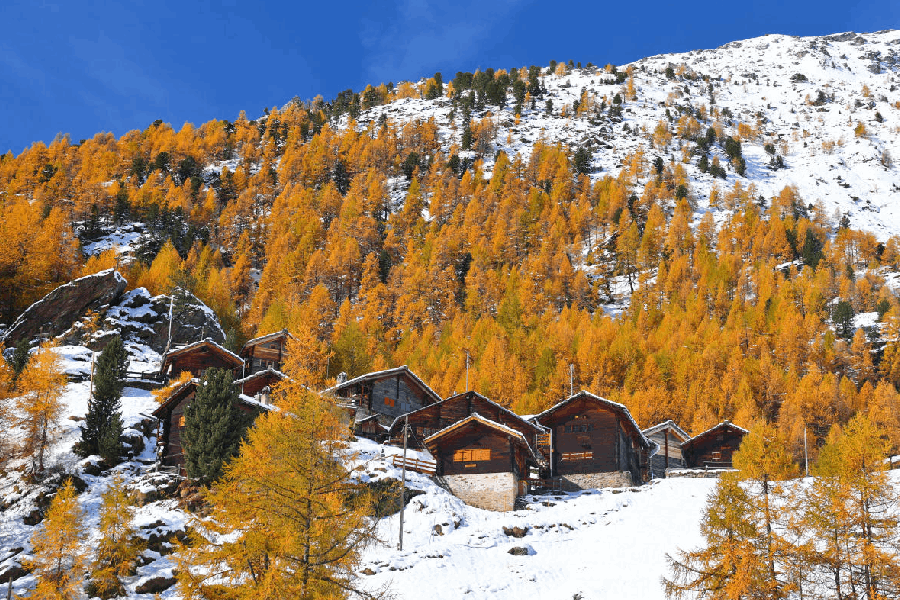
Bhubaneswar: The ecosystem of Similipal Biosphere Reserve, a Unesco-recognised reserve forest spread over 5,569sqkm in Mayurbhanj district, takes ample care of the nutritional needs of its tribal population with a wide-ranging wild edible plant varieties, said researchers.
According to a latest study report, the wild edible plants of forested landscape have been playing a vital role by supplementing nutrition and diet to the tribal communities. The biosphere, acclaimed as an ideal habitation corridor of the Royal Bengal tiger, elephants besides other wildlife, is dotted with as many as 228 species of wild edible plants consumed by tribal ethnic groups.
The study was carried out in the Similipal Biosphere Reserve to assess the diversity and consumption pattern of wild edible fruit plants sustained by local tribal inhabitants.
It was based on extensive botanical survey, interview with traditional knowledge-holders and documented information on indigenous traditional knowledge of major tribes of selected 30 villages of the forest.
Altogether species diversity of 92 wild edible fruit plants belonging to 41 families and 67 genera were documented along with their local name, mode of consumption and income generating species maintained by the local tribes, said Hemant Kumar Sahoo, a researcher with Vasundhara, a forest research organisation.
On account of varied vegetation types and rich flora, Similipal harbours rich diversity of wild fruit plants which serve as food supplements, nutritionally balanced diets and contribute to the economy of forest dwellers and the rural inhabitants, the study report said.
The study results reveal that consumption of wild edible plants is still alive among the tribal communities of Similipal, which are taken as food supplements and further to fill the gap of food deficiency during critical periods.
Many wild edibles are eaten raw, while others are consumed after cooking and some sorts of processing. Knowledge existing in the community about usage of foods such as their nutritional and medicinal values is limited to older generation.
Transfer of knowledge to the future generation hardly takes place. Decline in the use of some species also leads to gradual erosion in traditional knowledge associated with those species.
Researchers also analysed the wild fruits being sold in local markets.
About 60 of 228 wild edible plants make their way to the local markets.
Inventory of these species would go a long way in guiding forest department to chart out its afforestation programme, because consumption of wild edible plants reduces food vulnerability of the aboriginal communities in the forested areas.
The researcher emphasised on the need for encouraging community knowledge on wild edible plant varieties for their genetic conservation. Four dominant ethnic groups such as Kolha, Santhal, Khadia and Bathudi live in forested region of Similipal.










